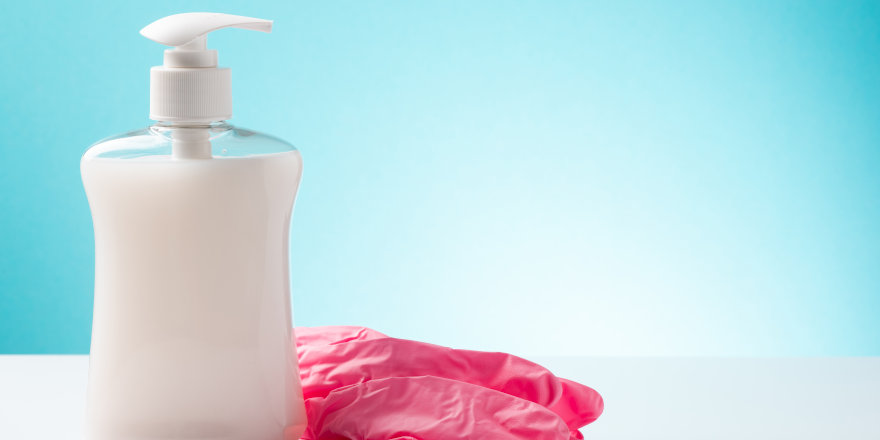Updated: How to Make Your Own WHO-Approved Hand Sanitizer
The WHO has released a comprehensive guide to creating your own homemade hand sanitizer.

Update, October 16, 2020:
Health Canada has issued an evolving recall of off-the-shelf hand sanitizer brands that may pose health risks. With increased demand for sanitizer, a wider array of production methods and materials have been used by producers. Some have been found to have potentially adverse effects.
A list of Health Canada-approved hand sanitizers is available on the Health Canada website. The directions below, from the World Health Organization, are still viable, if you want to produce your own. If you're purchasing hand sanitizer, be sure the brand you're buying is on the approved list from Health Canada. It changes often, so check back frequently.
Also, you should be aware that no hand saniziter has been approved for COVID-19-specific claims. They're not tested against coronaviruses in particular, but when used properly, can help limit the spread of microorganisms. As ever, your best line of defence is frequent handwashing with soap and water, alongside practices like wearing a mask and maintaining physical distancing.
Once again, here's a link to the list of recalled hand sanitizer brands. Avoid these products when shopping. Click here for a list of Health Canada-approved hand sanitizer brands, currently numbering nearly 5,000 products.
Below, you'll find instructions for making safe hand sanitizer at home. Be aware, it's a bit tricky!
Stay safe.
The World Health Organization (WHO) has cautioned against making homemade hand sanitizer, as some ingredients may be at best ineffective, or at worst, downright harmful.
However, recognizing the need for more protection, the WHO has produced a PDF with comprehensive instructions on developing your own safe, effective hand sanitizer. Unfortunately, it's a fairly complex process. Your best bet is to wash your hands with soap and water as often as you can!
WHO-approved hand sanitizer instructions
Ingredients
Tools
- 10-litre glass or plastic bottles with screw-threaded stoppers, OR
- 50-litre plastic tank, translucent to see liquid level, OR
- Stainless steel tanks with 80-100-litre capacity
- Wooden, metal, or plastic spoon for mixing
- Measuring cylinders and jugs
- Plastic or metal funnel
- 100 ml plastic bottles with leak-proof tops, OR
- 500 ml glass or plastic bottles with screw tops
- An alcoholmeter: the the temperature scale is at the bottom and the ethanol concentration (percentage v/v) at the top
Directions
- Pour the alcohol into the large bottle or tank
- Add hydrogen peroxide using the measuring cylinder
- Add glycerol with measuring cylinder. As glycerol is very viscous and sticks to the wall of the measuring cylinder, it should be rinsed with some sterile distilled or cold boiled water and then emptied into the bottle or tank
- Top up the bottle or tank to the 10-litre mark with sterile distilled or cold boiled water
- Place the lid on as quickly as possible to prevent evaporation
- Mix the solution gently
- Immediately divide up the solution into the small bottles, and place them in quarantine for 72 hours. This allows any spores present in the alcohol or bottles to be destroyed
Final products
Final concentrations
- Isopropyl alcohol 75% (v/v)
- Glycerol 1.45% (v/v)
- Hydrogen peroxide 0.125% (v/v)
Quality control
- Always perform quality control on homemade sanitizer
- Verify the alcohol concentration with the alcoholmeter. Make any necessary adjustments in volume to obtain the final recommended concentration
- The accepted limits should be around 77% on the alcoholmeter, plus or minus 1%, at 25 degrees Celsius
Keep the solutions in a cool room. Be careful if you attempt this. We recommend reading the entire WHO PDF before trying out this recipe.
To learn how to make your own homemade fabric face masks, click here. To learn how to disinfect your phone, mouse and keyboard click here. To learn how to cut your own hair at home, click here.
Learn more about COVID-19